3 stages of healing
Notes on Healing
My favorite definition of healing is “to mend”. Because it’s different than alleviating symptoms. It’s a process of restoration and integration.
Healing anything - your lower back, a sprained ankle, a broken heart or longstanding resentment - has clear and consistent mile markers.
I’ll use physical examples because they’re universal and obvious. But this is true for mental, emotional, and spiritual healing too.
Stage 1: Acute. In the beginning, pain is intense, distracting and limiting. For example, you can’t bend down to tie your shoes, get something off the middle shelf, or do your favorite activity.
This is when you’re the most motivated. You desperately want the pain to go away. But this is actually the time to do less and don’t go looking for pain. Obvious, right? But how often do you “check” if it still hurts? That is looking for pain. It’s like picking at a scab. Each time you check, you pick. And you aggravate it a little bit and it takes a little longer to heal.
Instead, play it safe. Be gentle. Find places of no-pain. No-sensation even. Rather than stretch or strengthen, release and relax. (Low Back Emergency Care and Shoulder Soother are great examples of that.)
In the Acute phase, you’re tense, rigid, on-guard, and protective. Frustrated, maybe even angry. This is sympathetic activation and creates neurochemistry that increases pain sensitivity. Calibrate your nervous system to promote healing. Move and breathe for safety. This will dissolve the gripping and protecting.
Eventually, (the natural healing cycle is 6-8 weeks) acute pain diminishes to something.... acceptable.
Stage 2: Acceptable. When things are significantly better, it’s common to abandon the healing journey. But if you turn back, chances are you will rinse, lather and repeat because healing is not complete. Your back might be 70-80% better but still fragile. Your neck or shoulder isn't barking, but it's still restricted. Your heart isn't crushed but still a bit guarded.
For transformation (instead of stagnation) keep going. When you’re out of the acute stage, you have a unique opportunity to create new patterns of moving, breathing, and being.
For example: In the Low Back Love Series, once you’ve graduated from Emergency Care, you practice Enough and Curve + Core. These practices establish new normals for your lower back and core. Rather than return to old habits because it’s “good enough”, you keep going to improve.
Similarly, in the Upper Back Reset, the Shoulder Soother is followed by Occipital Ridge Release, Head & Neck Relief, and Shoulders like Wings. These restore balance and build new alignment awareness in head, neck and shoulders.
As new patterns are absorbed by the body, you don’t just recover from pain, you evolve from it. Instead of going backward to a former status quo, you move forward through integration.
Stage 3: Integrated. Integration is when “various parts or aspects are linked or coordinated”. While healing may not always be 100%, when integrated, you're empowered by what happened rather than disempowered, hesitant, or chronically fearful.
Especially with aging, we can not expect to always get free of injuries, aches, illness and limitations. But we can always be learning, growing, and emerging more whole, complete, content and understanding.
I’ve had my fair share of injuries, illnesses, and setbacks. From an unstable SI joint that would have me clawing my way out of a car seat. To a shoulder frozen from traveling. To leaving my dream-come-true business behind in the wake of COVID. Each experience brought great growth because I stayed with the healing journey.
And the key to staying the course is willingness. Willingness to be in process. To exist in the “now and not yet”. More on that next week.
May your practice bring healing,
Alison

